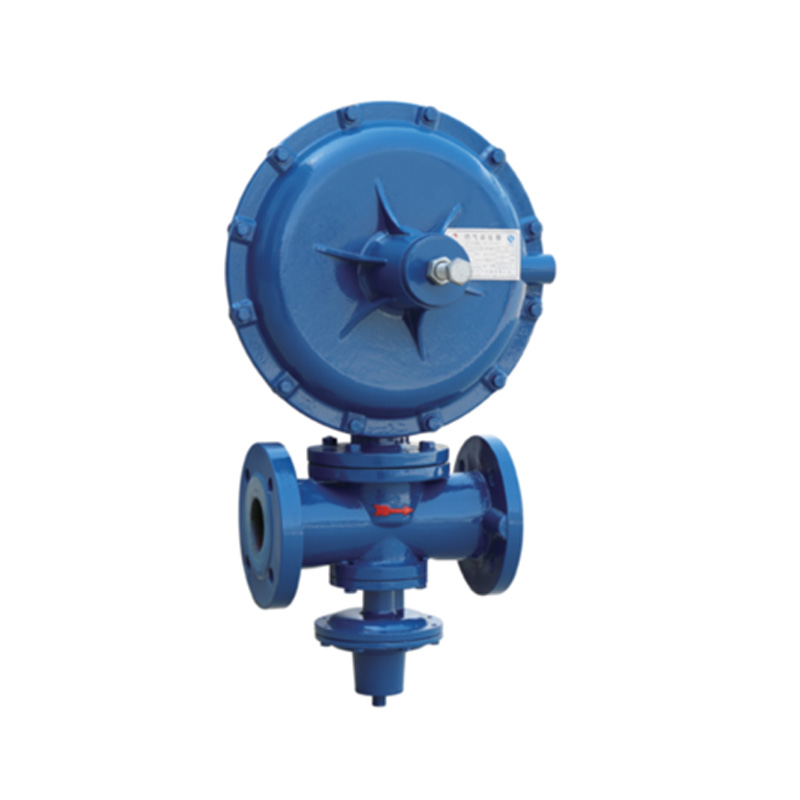
Dec . 04, 2024 17:21
Back to list
gas regulator
Understanding Gas Regulators The Heart of Gas Distribution Systems
Gas regulators are essential components in various industries, including residential heating, commercial cooking, and industrial applications. These devices play a crucial role in controlling the flow and pressure of gas to ensure safety and efficiency. In this article, we will explore the functions, types, and importance of gas regulators.
The Function of Gas Regulators
At its core, a gas regulator's primary function is to maintain a consistent output pressure regardless of fluctuations in the inlet pressure. This capability is particularly vital in applications where precise gas flow is necessary for safe and efficient operation. For instance, in residential heating systems, if the gas pressure is too high, it can pose a safety risk, leading to potential leaks or explosions. Conversely, if the pressure is too low, it can cause appliances to malfunction, leading to inefficiencies and discomfort.
Gas regulators work by automatically adjusting the flow of gas as needed. When the inlet pressure increases, the regulator reduces the flow to maintain the desired pressure level. Similarly, if the inlet pressure decreases, it allows more gas to flow to keep the output pressure stable. This automatic adjustment is typically achieved through a spring-loaded diaphragm system, which responds to changes in pressure by opening or closing the gas supply.
Types of Gas Regulators
Gas regulators vary in design and function, catering to diverse applications and needs. Primary types include
1. Line Regulators These are often used in residential and commercial settings to maintain a steady pressure from a gas supply line. They are typically installed upstream of gas appliances, ensuring that the gas flow remains at an optimal level for safe operation.
gas regulator

2. Two-Stage Regulators Designed for higher precision, these regulators are commonly used in industrial settings. They feature two distinct stages of pressure regulation, which helps to deliver a more stable output pressure, even with varying inlet pressures.
3. Back Pressure Regulators Unlike traditional regulators that reduce pressure, back pressure regulators are designed to maintain a specific pressure on the upstream side. They are often used in applications where gas needs to be kept at a certain pressure regardless of downstream flow variations.
4. Relief Regulators These regulators not only maintain output pressure but also protect the system by venting excess pressure if it exceeds a pre-defined threshold. This safety feature minimizes the risk of potential hazards associated with pressure build-up.
The Importance of Gas Regulators
The significance of gas regulators cannot be overstated. In addition to ensuring safe and efficient gas flow, they also contribute to energy conservation. By providing a consistent flow of gas, regulators help appliances operate at peak efficiency, reducing waste and lowering energy costs.
Moreover, gas regulators are vital in industrial applications, where precise control over chemical processes is required. In industries such as manufacturing and pharmaceuticals, maintaining specific gas pressures can greatly impact product quality and operational efficiency.
Conclusion
Gas regulators are integral components that ensure the safe and efficient distribution of gas across various applications. By maintaining a stable pressure output, they play a crucial role in enhancing safety, improving energy efficiency, and facilitating precise industrial processes. As technology evolves, gas regulators will continue to improve, adopting advanced features that enhance their functionality and reliability, ultimately contributing to safer and more efficient gas systems. Whether in a home, restaurant, or factory, gas regulators truly stand as the unsung heroes of gas management.
Next:
Latest news
-
Safety Valve Spring-Loaded Design Overpressure ProtectionNewsJul.25,2025
-
Precision Voltage Regulator AC5 Accuracy Grade PerformanceNewsJul.25,2025
-
Natural Gas Pressure Regulating Skid Industrial Pipeline ApplicationsNewsJul.25,2025
-
Natural Gas Filter Stainless Steel Mesh Element DesignNewsJul.25,2025
-
Gas Pressure Regulator Valve Direct-Acting Spring-Loaded DesignNewsJul.25,2025
-
Decompression Equipment Multi-Stage Heat Exchange System DesignNewsJul.25,2025

